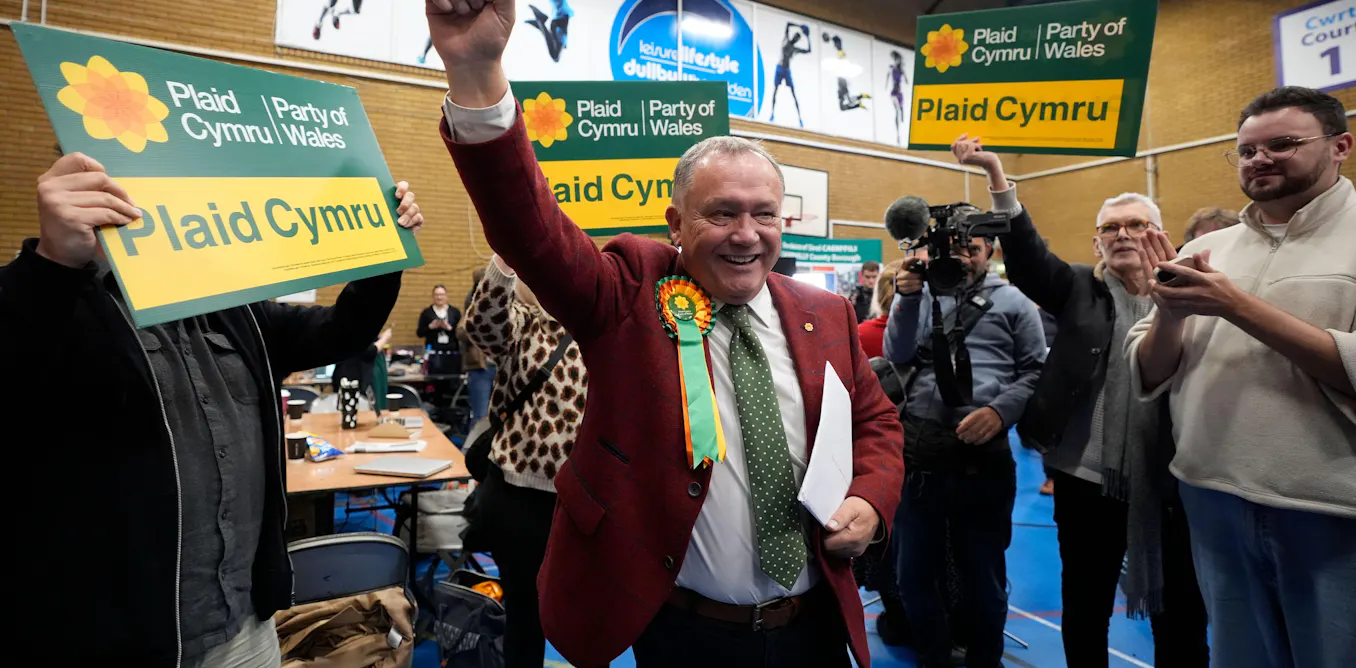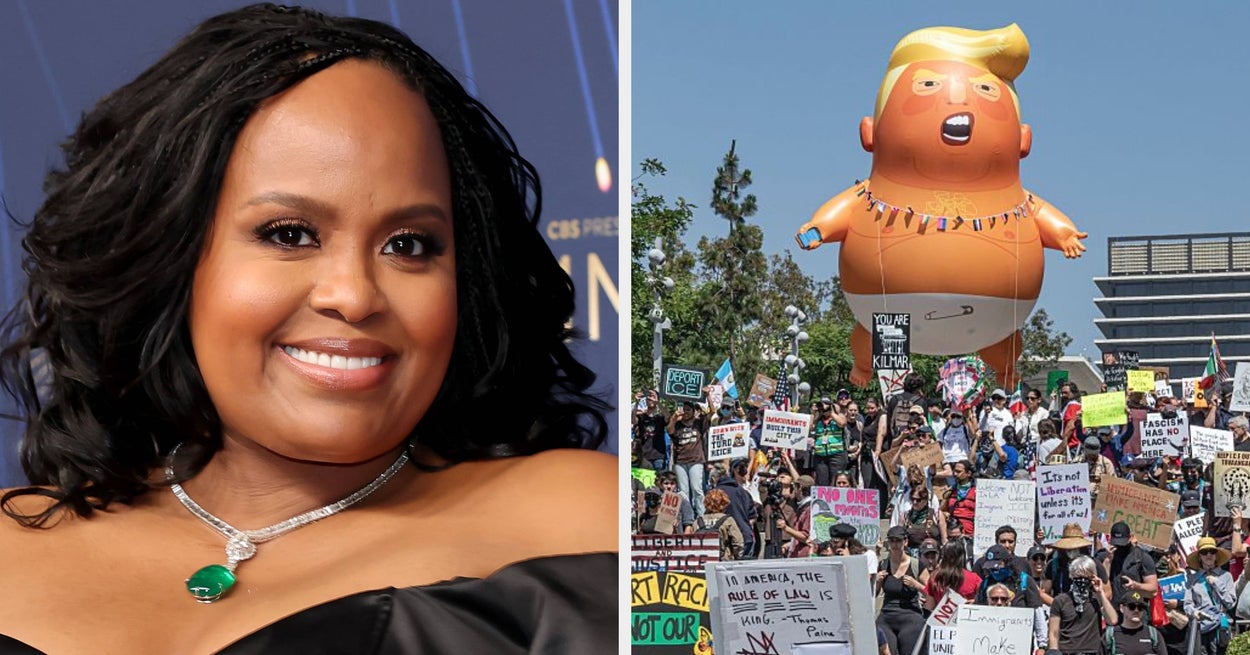Copyright OilPrice

The Gaza ceasefire is technically still in effect, but it’s no longer functioning as an instrument of restraint. The deal that came into force on 10 October under U.S. mediation stopped large-scale fighting, yet Israel continues precision strikes around Khan Younis and Gaza City. Each action comes with civilian losses that undercut the original truce narrative. Hamas has been quick to frame those incidents as proof that Israel cannot keep its own commitments, and that framing now dominates Arabic and Western social channels alike (where an alternate reality unfolds that is more influential than the actual reality). Operationally, Israel holds about half the Strip. The big political issues (Hamas disarmament, future governance, and long-term security guarantees) have not been resolved. Mediation (by DC, Doha, Cairo) has shifted. It’s less about implementation than it is about damage control at this moment. Both parties are using the lull to reset positions, not to end the conflict. The deeper shift has to do with social media, because this is where wars are fought as well. Don’t mistake it for anything other than a battlefield. Israel no longer controls the flow of perception. Every strike is documented and posted online within minutes. Open-source investigators and AI tools are verifying claims faster than official channels can respond. The credibility cost is compounding. Once-trusted IDF statements are now routinely challenged by timestamped evidence and geolocation… The Gaza ceasefire is technically still in effect, but it’s no longer functioning as an instrument of restraint. The deal that came into force on 10 October under U.S. mediation stopped large-scale fighting, yet Israel continues precision strikes around Khan Younis and Gaza City. Each action comes with civilian losses that undercut the original truce narrative. Hamas has been quick to frame those incidents as proof that Israel cannot keep its own commitments, and that framing now dominates Arabic and Western social channels alike (where an alternate reality unfolds that is more influential than the actual reality). Operationally, Israel holds about half the Strip. The big political issues (Hamas disarmament, future governance, and long-term security guarantees) have not been resolved. Mediation (by DC, Doha, Cairo) has shifted. It’s less about implementation than it is about damage control at this moment. Both parties are using the lull to reset positions, not to end the conflict. The deeper shift has to do with social media, because this is where wars are fought as well. Don’t mistake it for anything other than a battlefield. Israel no longer controls the flow of perception. Every strike is documented and posted online within minutes. Open-source investigators and AI tools are verifying claims faster than official channels can respond. The credibility cost is compounding. Once-trusted IDF statements are now routinely challenged by timestamped evidence and geolocation data. TikTok is central to this dynamic. Palestinian and regional users have turned TikTok into a real-time distribution system that sets the global narrative before “mainstream” media catches up. Clips from Gaza are shaping sentiment among younger audiences in the U.S. and Europe far more effectively than state briefings or paid campaigns. Israeli digital outreach hasn’t been able to compete with the scale or speed of this user-driven content. That shift in influence has started to feed back into U.S. politics. Republicans are using TikTok’s role in the Gaza coverage as Exhibit A in their argument that Beijing controls a platform capable of shaping American opinion during crises. Certain figures are pushing renewed divestment and ban proposals, citing national-security risk and erosion of support for U.S. allies. Israel still dominates the kinetic field but is losing command of the narrative space. Every inconsistency between its diplomatic language and battlefield conduct widens the credibility gap, and that gap is now being monetized, politicized, and weaponized on American soil.



